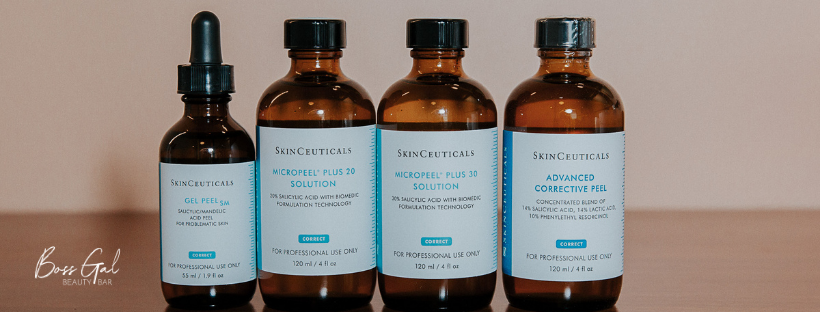
As summer winds down, it’s a good time to think about prepping your skin for peel season.
Whether you’ve never had a peel before or want to know how to amp up your results this year,
here’s everything you need to know before booking your appointment.
What does a chemical peel do?
Chemical peels increase cellular turnover, which causes the outermost layers of skin to slough
off.
Why should I get a chemical peel?
Peels are a great treatment for evening out the tone and texture of your skin. They help break
up hyperpigmentation and soften fine lines. Peels are also a fantastic preventative anti-aging
treatment, since we all know increasing cellular turnover is key the older we get.
How do I need to prep my skin?
Before receiving a chemical peel, we recommend prepping your skin with a medical-grade
retinol at least 6 weeks prior to your treatment. Retinol conditions your skin for chemical peels,
which means less downtime after your treatment.
If you’re already using a medical-grade retinol, now is a good time to increase the strength of
your retinol. This way, your skin will be able to tolerate heavier peels.
How much will I peel?
The peeling process is truly different for everyone and also depends on the strength of the peel
you receive. Most of our chemical peels cause mild to moderate flaking that lasts between two
and five days. Keep in mind that peeling is just a side effect–if you don’t peel, that doesn’t mean
you won’t get a good result!
When will I see results?
While you’ll see an improvement in your skin about a week after your first peel, you’ll get the
best result from a series of 3-5 treatments, spaced about four weeks apart.
Ready to prep for peel season? Book a skin consultation or chat with your esthetician during
your next facial, and they’ll help you get started.

